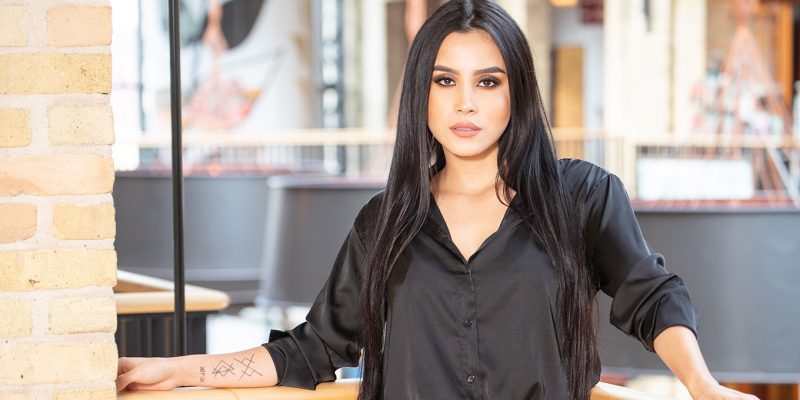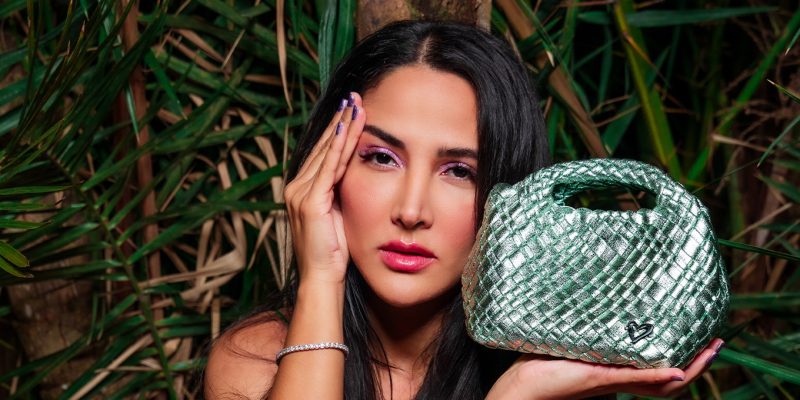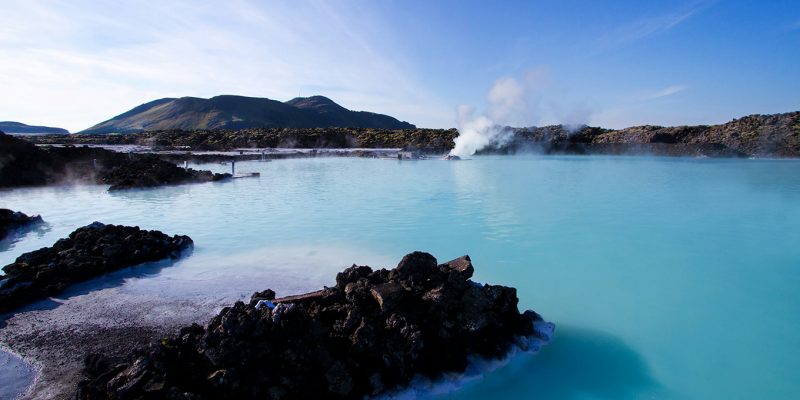VIP
Filipino Artist Sean Go Uses Bubblegum-Pop Muses to Create Surreal Paintings
Filipino artist Sean Go’s distinct Willy Wonka-esque portraits of muses and sweet madness are reminiscent of a surreal Salvador Dalí dreamscape. Through his use of bold neon colours and references to antiquity, he is making a name for himself in the pop-art world.
by : Contributor Content- Dec 29th, 2023
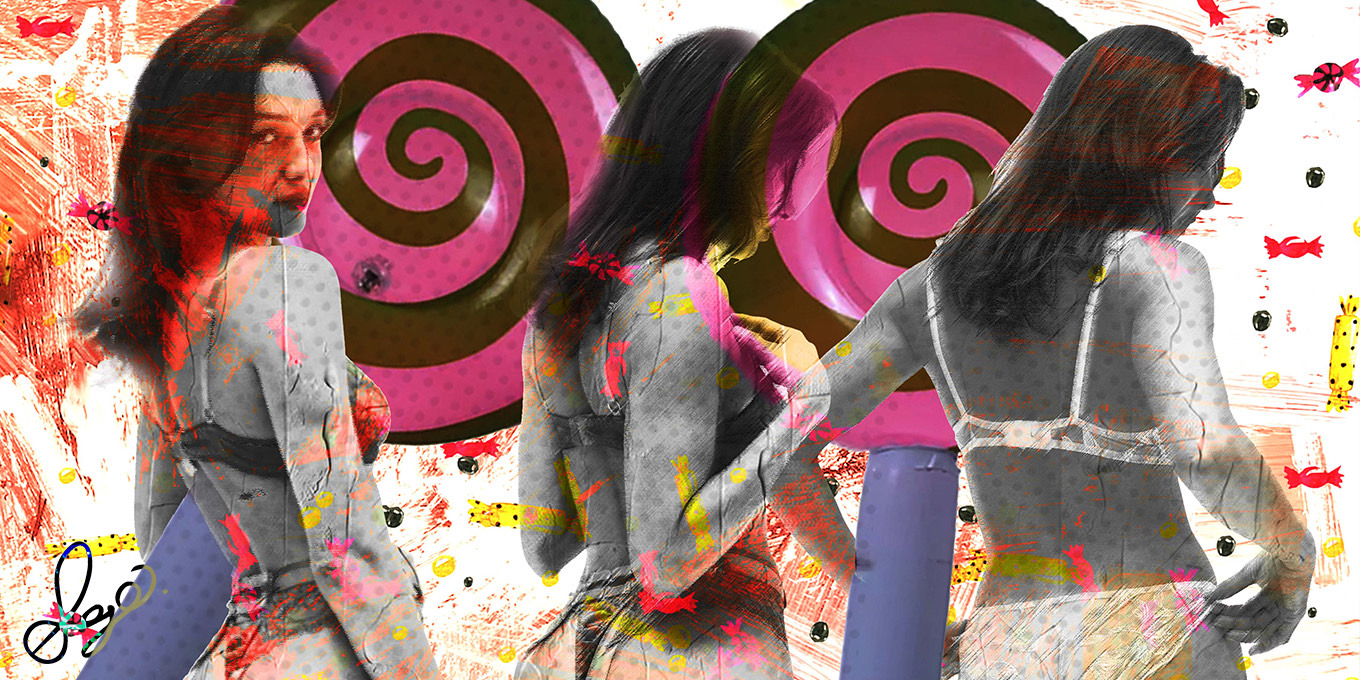
Candy Factory (mixed media, 2023), featuring model Ana Lizana
Featured story by: Jordan Finkle
The relevance of muses—famed inspirations for artists like Picasso, Jeff Koons and Salvador Dalí—seems to be contested in our current century. Since the Guerrilla Girls poster Do Women Have to Be Naked to Get Into the Met. Museum? in 1989, there has been a lot of talk about how women are often transformed into art and whether this is still relevant in our current times, when gender equality is of paramount importance. Sean Go, an emerging artist from the Philippines, explores this theme critically and playfully with an art-historical bent.
For Go, who studies the human condition in his pop art, female muses are juxtaposed with Salvador Dalí-like and Willy Wonka-style candies and chocolate to document and perhaps satirically show the innate desires of humans when it comes to projecting fantasies with beautiful figures. In Candy Factory, featuring model Ana Lizana, Go’s flying candies and larger-than-life sugary treats depict sweet curiosity and wonder—feelings of joy often associated with pleasure. Repetition and disorganized candy clusters, in Lichtenstein dots and Rauschenberg paint strokes, were applied to convey the idea of the industrial processes behind the commodification of products—which include candy, a universal symbol with delightful and childlike connotations—but also imply gluttony and a lack of self-discipline.
 Artist Sean Go in Paris
Artist Sean Go in ParisIn Eve, featuring model Agata Katerina, Go’s inflatable snakes and Greco-Roman statues challenge the ideas of worship, adornment and temptation—classical themes that will never become out of date, regardless of our social circumstances. The piece alludes to the story of Adam and Eve, with serpents representing sin and the precursor to the fall of humankind from grace. Go’s Gummy, featuring model Brandy Gordon, illustrates, in neon colours, lavish praise for female curves yet also subtly hints at the fetishization of women’s bodies and the dangers of a commercial system that heavily markets sexuality and sensuality ubiquitously. With their sharp colours and bold iconography, Go’s works are parodic and satirical while holding meanings that capture societal adoration and rage in the 21st century.
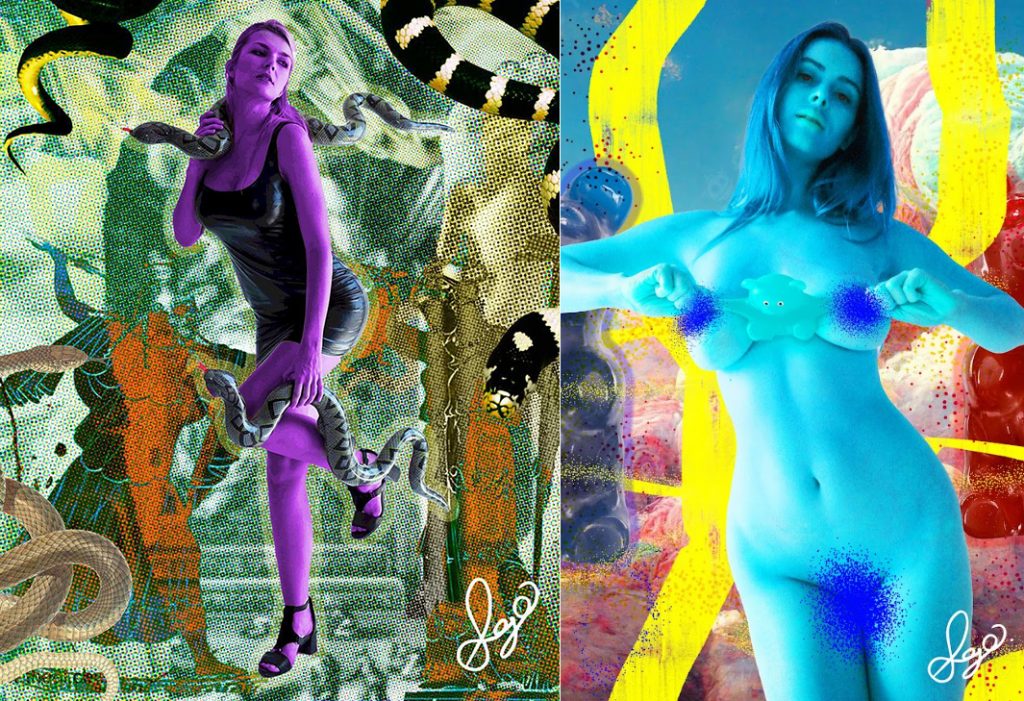 Eve (mixed media, 2022), featuring model Agata Katerina, and Gummy (mixed media, 2022), featuring model Brandy Gordon
Eve (mixed media, 2022), featuring model Agata Katerina, and Gummy (mixed media, 2022), featuring model Brandy GordonGo’s works allude to the debate between the appreciation and the objectification of women, which often has a blurry line. For the artist, who has been called “the Andy Warhol of the Philippines,” the themes of consumerism, kitsch and capitalist production are often in the background, hidden yet made very clear when the stories of his work are analyzed more critically. Like Warhol’s work, Go’s pieces show his fascination with glamour and, at times, the illusion of concepts that we romanticize, such as beauty, nostalgia and perfection. His Triple Elvis, featuring model Eleni Efstathiadis, was showcased in Jakarta’s Art:1 New Museum in Indonesia for Art Moments Jakarta 2022 as well as in Indoseni’s Wave to the Moon exhibit in 2022 in the Mall of Indonesia in Jakarta.
Go’s Tender Juicy, featuring model Anastasia Irene, plays on the idea of the colonial mentality and desire in less economically developed countries like the Philippines, where Go is from and where white beauty is often adored and glamorized. Ads for skin whitening, beauty treatments and Western (Euro-American) ideals of beauty are pushed onto Filipinos, who naturally do not have fair skin. The contrast with the PureFoods Tender Juicy Hotdog, an iconic snack in the Philippines, shows how this consumption of a Western fairy tale is so widespread and how perhaps the artificiality of it—much like the red food colouring in the hot dogs—deserves a deeper investigation or, at least, a second look. Go’s reappropriation of colonial ideologies is what sparked his career early on in 2021.
 Tender Juicy (mixed media, 2022), featuring model Anastasia Irene
Tender Juicy (mixed media, 2022), featuring model Anastasia Irene Go’s works are in dialogue with those of Jeff Koons (particularly the Triple Elvis series and the Made in Heaven series) in their presentation of sexual and sensual subjects. He sprinkles hints of art-historical debates among the composition of his pieces. By doing this, he is reappropriating past masterpieces with his own twist. For example, it’s ridiculous that lobsters are being sexualized, but the capitalist industrialist complex turns everything into something that can be bought and sold. For Go, who is primarily known for his Mickey paintings, such as Playmouse (Playboy + Mickey Mouse) and Mousefather (Mickey Mouse + Godfather), his bubblegum-pop surreal imaginings of human lust, desire and beauty within the context of sexualized media production play to the theme that today, sex does indeed sell.
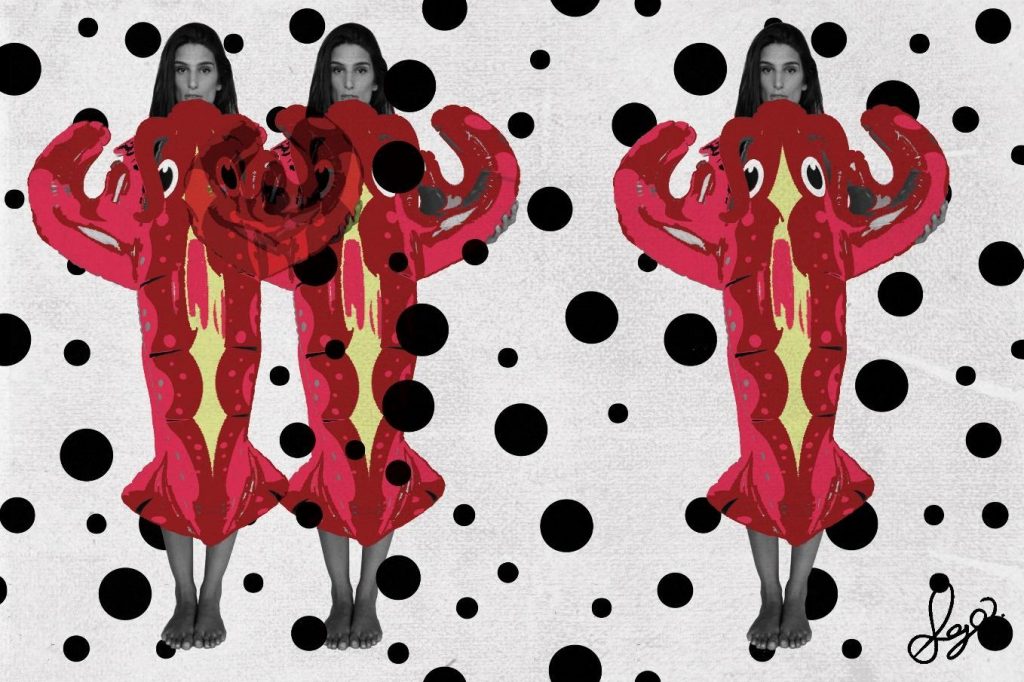 Triple Elvis (mixed media, 2021), featuring model Eleni Efstathiadis
Triple Elvis (mixed media, 2021), featuring model Eleni EfstathiadisGo’s journey of exploring art is continuing in Paris, where he is working toward a master’s of arts in fashion from Parsons School of Design | The New School (class of 2025). He also studied at the Fashion Institute of Technology in New York, where he received a master’s of art in art market studies (2022). Go’s degree count stands at eight, which includes a total of five full-time master’s degrees and three bachelor’s degrees from highly ranked universities such as Columbia (class of 2021, GSAPP MSRED), Emory (class of 2019, JM/MBA in law) and UC Berkeley (class of 2015, triple degree in business, economics and geography). Prior to his career as an artist, Go worked in finance, consulting and accounting, even founding several companies. Retroactively, we can see how his experience in the commercial sphere has served as an inspiration for his creativity. With his strong ties to art-historical capitals of the world, we hope that Go continues to explore the human condition, glamorous or not, and bring to the forefront questions of objectification and adoration—whether these dichotomies are inherently good or bad.
KO Media newsroom and editorial staff were not involved in the creation of this content.
Newsletter
Join our mailing list for the latest and biggest in fashion trends, beauty, culture and celebrity.
Read Next

Beauty
The Best Met Gala Beauty Looks Of All Time
From Taylor Swift's 'Bleachella' era to Rihanna's iconic 2011 braids, meet the best beauty moments in Met Gala history.
by : Katie Withington- Apr 26th, 2024

Culture
Benny Blanco Says He Fell in Love With Selena Gomez Without ‘Even Noticing’ It
Allow Benny Blanco to tell the straight-from-a-rom-com story of how he realized his feelings for his girlfriend and longtime friend.
by : Alyssa Bailey- Apr 26th, 2024

Culture
ELLE Escapes: Savannah
Where to go, stay, eat and drink in “the Hostess City of the South.”
by : ELLE- Apr 15th, 2024

